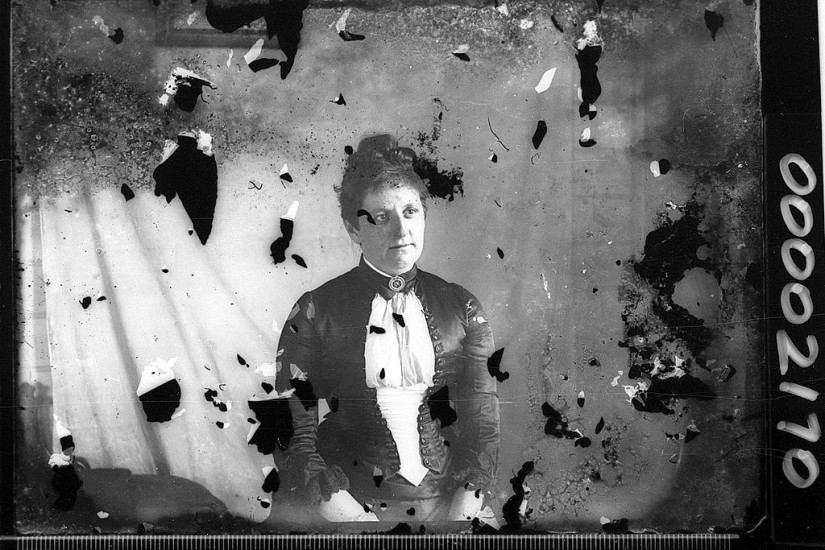It’s among the most delectably scandalous stories in the history of medicine: At the height of the Victorian era, doctors regularly treated their female patients by stimulating them to orgasm. This mass treatment—a cure for the now-defunct medical condition of “hysteria”—was made possible by a new technology: the vibrator. Vibrators allowed physicians to massage women’s clitorises quickly and efficiently, without exhausting their hands and wrists.
It’s a disturbing insight, implying that vibrators succeeded not because they advanced female pleasure, but because they saved labor for male physicians. And in the past few years, it has careened around popular culture. It’s given rise to a Tony-nominated play, a rom-com starring Maggie Gyllenhaal, and even a line of branded vibrators. Samantha Bee did a skit about it in March. A seemingly endless march of quirky news stories has instructed readers in its surprising but true quality, including in Vice, Mother Jones, and Psychology Today.
In short, the tale has become a commonplace one in how people think about Victorian sex. And according to a contentious new paper, it may also be almost totally false.
There is absolutely no evidence that Victorian doctors used vibrators to stimulate orgasm in women as a medical technique, asserts the paper, written by two historians at Georgia Tech. “Manual massage of female genitals,” they write, “was never a routine medical treatment for hysteria.”
“There’s no evidence for it,” says Hallie Lieberman, an author of both the new paper and Buzz, a popular history of sex toys. “It’s inaccurate.”
It’s not hard to see how the idea spread. The entire story of Victorian vibrators originates from the work of one scholar: Rachel Maines, a historian and a former visiting scientist at Cornell University. Her 1999 book, The Technology of Orgasm—described at the time as a “secret history of female sexual arousal”—argued that clitoral massage was used as a medical technique for centuries, from the time of Hippocrates to the modern day.
But that’s just not true, according to Lieberman and Eric Schatzberg, the chair of the School of History and Sociology at Georgia Tech. There is scant evidence that orgasms were widely understood as a cure for female hysteria, and there’s even less evidence that Victorians used vibrators to induce orgasm as a medical technique, they say. “Maines fails to cite a single source that openly describes use of the vibrator to massage the clitoral area,” their paper says. “None of her English-language sources even mentions production of ‘paroxysms’ by massage or anything else that could remotely suggest an orgasm.”
